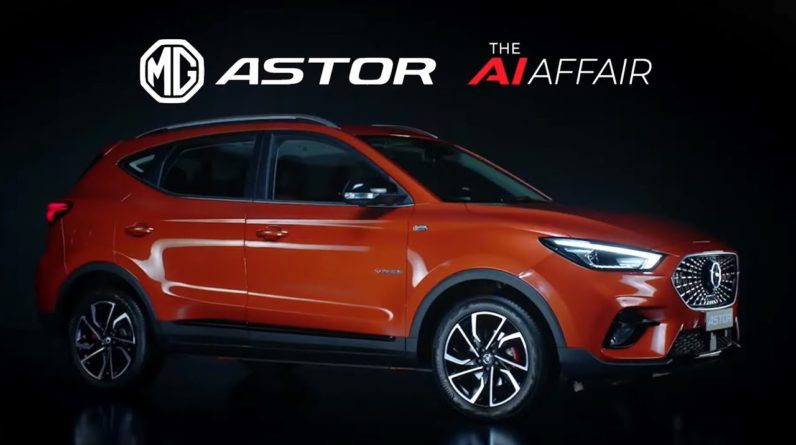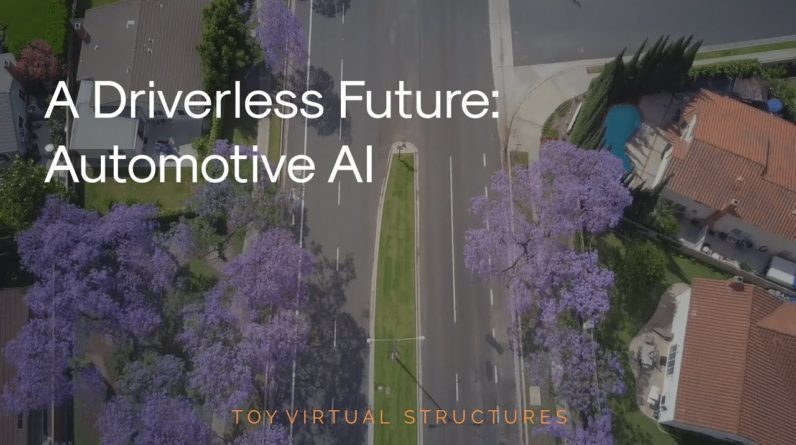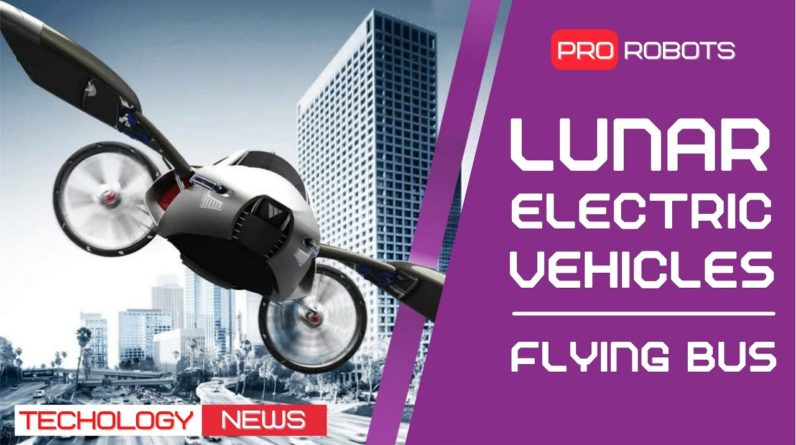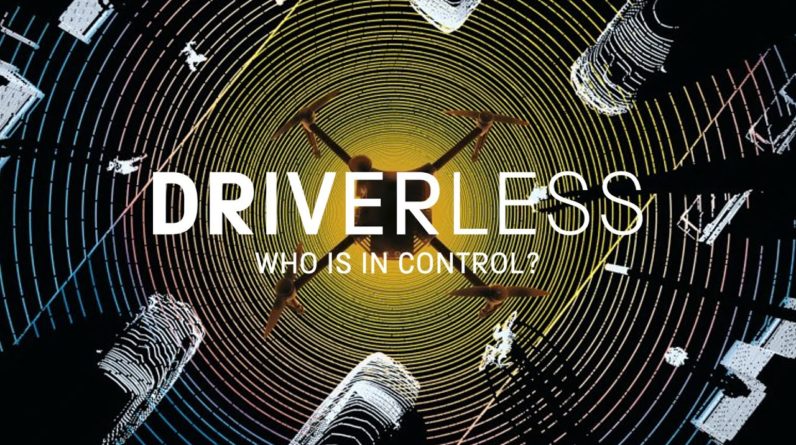It’s late, night, and also a self-driving automobile winds down a slim country road. All of a sudden, 3 threats appear at the same time. What takes place next? Prior to it can navigate this onslaught of obstacles, the cars and truck has to spot them– gleaning adequate details about their size, shape, and setting, to ensure that its control formulas can plot the best program.
With no human at the wheel, the vehicle needs clever eyes, sensors that’ll fix these information– regardless of the environment, climate, or exactly how dark it is– all in an instant. That’s a tall order, yet there’s an option that partners 2 things: an unique type of laser-based probe called LIDAR, and a small variation of the interactions innovation that keeps the internet humming, called incorporated photonics.
To comprehend LIDAR, it helps to begin with a related innovation– radar. In air travel, radar antennas release pulses of radio or microwaves at airplanes to learn their areas by timing how much time the beams require to bounce back.
That’s a restricted method of seeing, though, since the large beam-size can’t visualize great details. In contrast, a self-driving car’s LIDAR system, which stands for Light Detection and Ranging, utilizes a slim unnoticeable infrared laser.
It can image features as tiny as the switch on a pedestrian’s t shirt across the street. But just how do we determine the form, or depth, of these features? LIDAR fires a train of super-short laser pulses to offer deepness resolution.
Take the moose on the back road. As the automobile drives by, one LIDAR pulse scatters off the base of its antlers, while the next might take a trip to the pointer of one horn before bouncing back. Measuring how much longer the second pulse takes to return gives information regarding the antler’s form.
With a great deal of short pulses, a LIDAR system quickly makes a thorough account. One of the most noticeable way to develop a pulse of light is to switch a laser on and off. Yet this makes a laser unstable as well as affects the precise timing of its pulses, which limits depth resolution.
Much better to leave it on, and utilize something else to occasionally block the light dependably and rapidly. That’s where incorporated photonics come in. The electronic data of the net is carried by precision-timed pulses of light, some as brief as a hundred picoseconds.
One way to develop these pulses is with a Mach-Zehnder modulator. This gadget capitalizes on a specific wave building, called interference. Think of dropping pebbles right into a fish pond: as the ripples spread and also overlap, a pattern kinds.
In some areas, wave peaks amount to end up being large; in other places, they totally counteract. The Mach-Zehnder modulator does something comparable. It splits waves of light along two identical arms and at some point rejoins them.
If the light is slowed down as well as delayed in one arm, the waves recombine out of sync as well as terminate, blocking the light. By toggling this delay in one arm, the modulator acts like an on/off button, sending out pulses of light.
A light pulse lasting a hundred picoseconds brings about a depth resolution of a few centimeters, yet tomorrow’s automobiles will need to see far better than that. By combining the modulator with a very- sensitive, fast-acting light detector, the resolution can be improved to a millimeter.
That’s more than a hundred times better than what we can make out with 20/20 vision, from across a road. The very first generation of auto LIDAR has actually counted on facility rotating assemblies that check from roofs or hoods.
With integrated photonics, modulators and detectors are being reduced to less than a tenth of a millimeter, and packed into small chips that’ll someday fit inside a car’s lights. These chips will also include a creative variation on the modulator to help do away with relocating components as well as check at quick speeds.
By reducing the light in a modulator arm only a tiny bit, this extra tool will act even more like a dimmer than an on/off button. If a variety of lots of such arms, each with a small regulated hold-up, is piled in parallel, something story can be designed: a steerable laser beam.
From their brand-new vantage, these clever eyes will probe and also see better than anything nature might’ve pictured– as well as aid browse any kind of number of challenges. All without any person perspiring– except for perhaps one disoriented moose.






